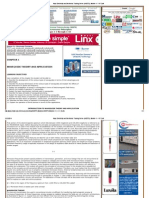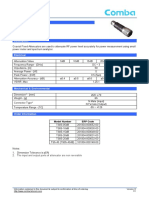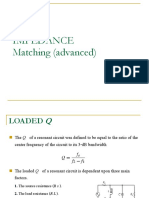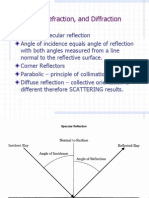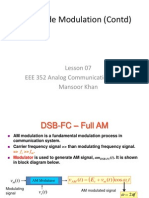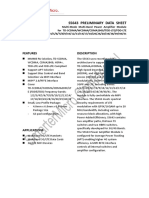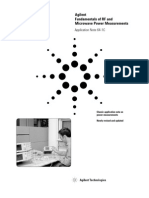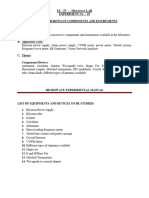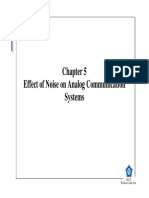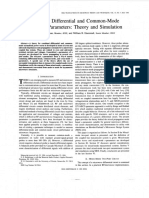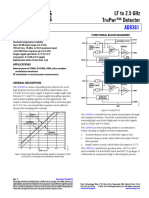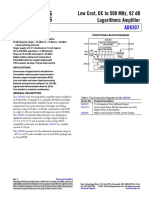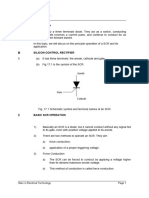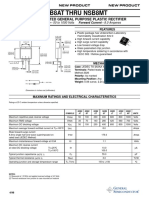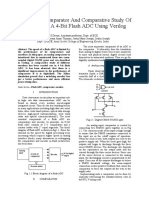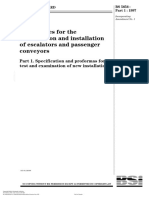100% found this document useful (2 votes)
441 views43 pagesRF Power Detectors
ADI 2007 The World Leader in High-Performance Signal Processing Solutions Obscurities and Applications of RF power Detectors Carlos Calvo, Applications Engineer Why measure RF / IF power? Set mobile's power level (RSSI measurement in BTS receiver) Prevent interference with other systems and other users in same cell (mobile handset) improve mobile talk time (operate at low end of permissible range, reduce SAR)
Uploaded by
romilg_1Copyright
© Attribution Non-Commercial (BY-NC)
We take content rights seriously. If you suspect this is your content, claim it here.
Available Formats
Download as PDF, TXT or read online on Scribd
100% found this document useful (2 votes)
441 views43 pagesRF Power Detectors
ADI 2007 The World Leader in High-Performance Signal Processing Solutions Obscurities and Applications of RF power Detectors Carlos Calvo, Applications Engineer Why measure RF / IF power? Set mobile's power level (RSSI measurement in BTS receiver) Prevent interference with other systems and other users in same cell (mobile handset) improve mobile talk time (operate at low end of permissible range, reduce SAR)
Uploaded by
romilg_1Copyright
© Attribution Non-Commercial (BY-NC)
We take content rights seriously. If you suspect this is your content, claim it here.
Available Formats
Download as PDF, TXT or read online on Scribd
/ 43



